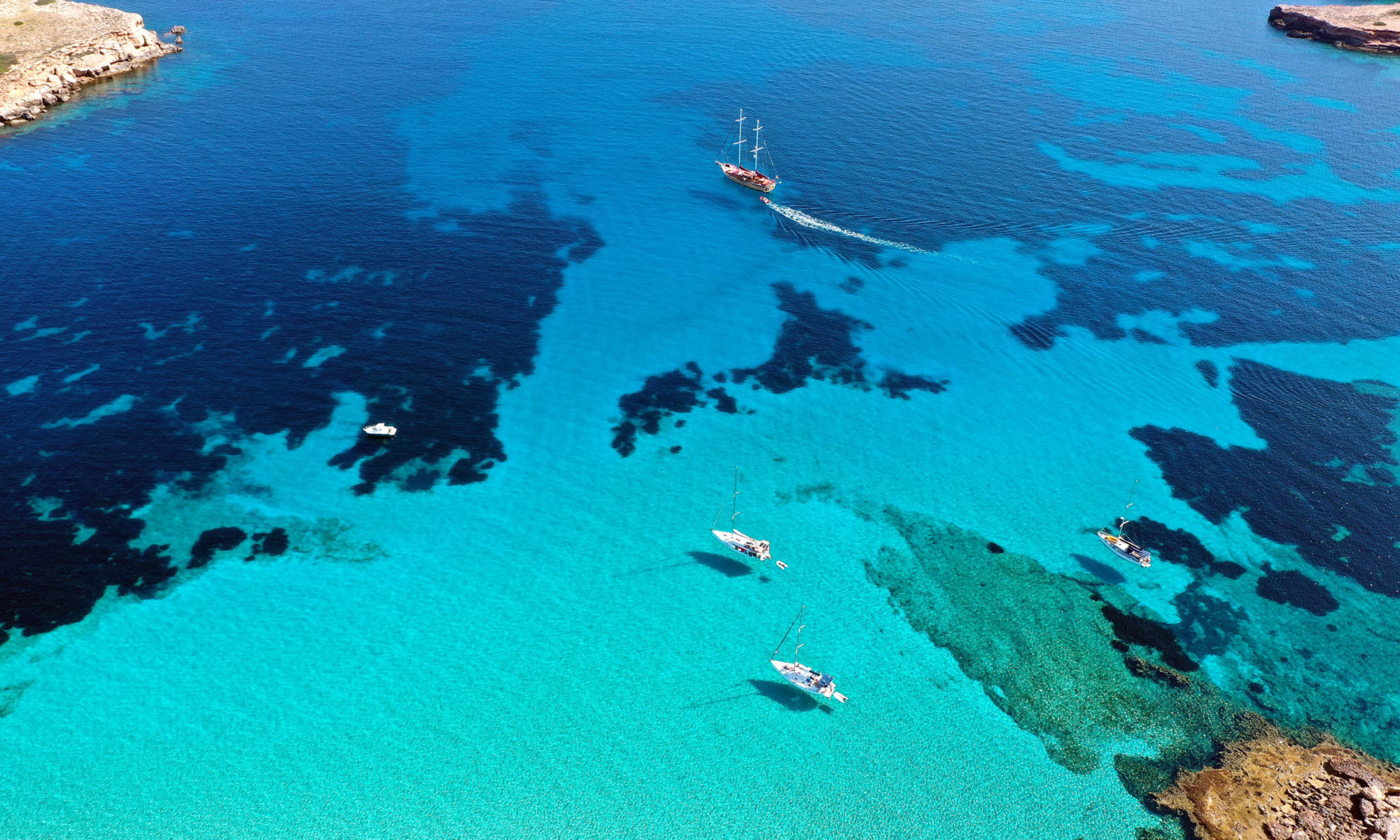Vegan at home – no problem. Vegan traveling in an English-speaking country – a little more difficult, but still manageable. But vegan on the road, in a country where you cannot understand a single word? How does that work? Well, a little spoiler in advance: Yes, that does work.
Certainly, most of those who travel more often and live mainly or completely vegan or vegetarian have already heard of the app and the website Happy Cow. There you can find restaurants, cafes, bars, fast food stalls, (organic) shops, supermarkets, delivery services, bakeries and in some places even complete accommodations with vegan/veggie-friendly/vegetarian (marked in green/red/purple) offer. In addition there are opening times, address, price class, a short description as well as any available ratings and photos to be found. All in all quite practical, especially since you can elect the filter “open now” and search for the closest to yourself. So you can also found something in last-minute emergencies.
Now, however, it is not the case that in all countries and/or all cities HappyCow is very common and even more rarely complete. Therefore, it is worthwhile to ask in advance in local facebook groups or preferably in the international facebook group vegan reisen | vegan traveling for recommendations. If you do not have a facebook account, you do not get satisfactory answers, or you just want to get more information, you can also google for a vegan Google-Maps-map like this Vegan Malta Map.
We also look for “accidentally vegan” regional dishes on different blogs like ours ;). Information about how vegan-friendly different countries in general are (for example what you get in a simple supermarket) will you find here in the future for more and more places.
If you still weren’t lucky until now, you can get a Vegan Passport as an app or as booklet (or just find the pages you need on the Internet and print them out).
As an alternative option you can of course still be self-sufficient in food. To do this, you should either inform yourself beforehand about what’s vegan in the supermarket or you translate on site the list of ingredients with the Google translator (for that there’s the photo function in the app, which is hidden behind the camera icon and which automatically translate the text on the photo – in some languages even virtually from the camera app – into the desired language, without having to type out everything). If you stay for several days and/or would like to have hot meals, you should make sure to book an apartment or something similar with cooking facilities ;), for example on Airbnb (with a €30 starting credit).
If you would like vegan food on the plane, you should pre-order this by the internationally standardized catering code “VGML”. We will write more about that in another blog post soon.
If you book your accommodation at least a few days in advance, you can also ask in the booking process if it is possible to get, for example, a vegan breakfast. Or you can opt for a pure vegetarian/vegan hotel.
Finally, you can simply take a few “basics” like bread spreads and vegan milk with you. You should note, however, that if you travel with hand luggage only in the plane, you are only allowed to bring containers of no more than 100ml (3.38 ounces) of liquids/creams (yes, unfortunately including also bread spreads) carried in a single, transparent, resealable plastic bag of up to 20cm x 20cm (7.9” x 7.9”) with a total capacity of up to a litre (33.8 ounces). How to travel with hand luggage only and managing practical packing with the bare necessities, you will soon find in another post.
If you stay in a non-exclusively vegan accommodation, it is also useful to bring your own vegan cosmetics (shower gel, shampoo, etc.) with you. You can buy lots of products in little sample bottles, so that this should not be a problem in hand luggage.
We will publish our own experiences and personal highlights on the way (be it food, sightseeing, accommodation or whatever) on this blog.





